Meet some of the ocean's most beautiful creatures — and the groundbreaking 50-year-old law that protects them
Marine mammals like whales, dolphins and seals are some of the most charismatic and beloved creatures living in the sea. They also play vital roles as both predator and prey, helping to maintain the balance and biodiversity of marine ecosystems.
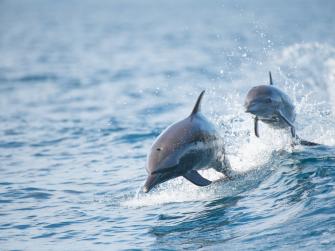
But decades of hunting, harassment and habitat pressures had set many marine mammal species on a path toward extinction by the late 1960s. In 1972, public outrage over the slaughter of these animals — including dolphins killed by commercial fishermen and juvenile harp seals killed for their fur — led to the Marine Mammal Protection Act, which made it illegal to harass, capture or kill these animals in U.S. waters.
The MMPA signaled a growing recognition of marine mammals’ importance to ocean ecosystems and shifted marine conservation toward maintaining healthy, productive ecosystems — rather than simply producing maximum harvests.
It also gave environmentalists a new tool to use to fight for marine species’ survival. In 1977, for example, the Marine Mammal Protection was used by the Environmental Defense Fund to win a federal court ruling requiring the tuna industry to change its practices to dramatically reduce the hundreds of thousands of dolphins that were being swept up every year in tuna-fishing nets.
Since then, the MMPA has boosted the fortunes of many other marine mammals in U.S. waters, halting population declines and leading to the recovery of several species, including seals and sea lions.
Despite these improvements, there’s much work to be done. Species like the Hawaiian monk seal and the North Atlantic right whale are still struggling. Climate change and ocean acidification threaten all marine life, and marine mammals continue to be vulnerable to poorly designed fishing gear, noise pollution and habitat loss.
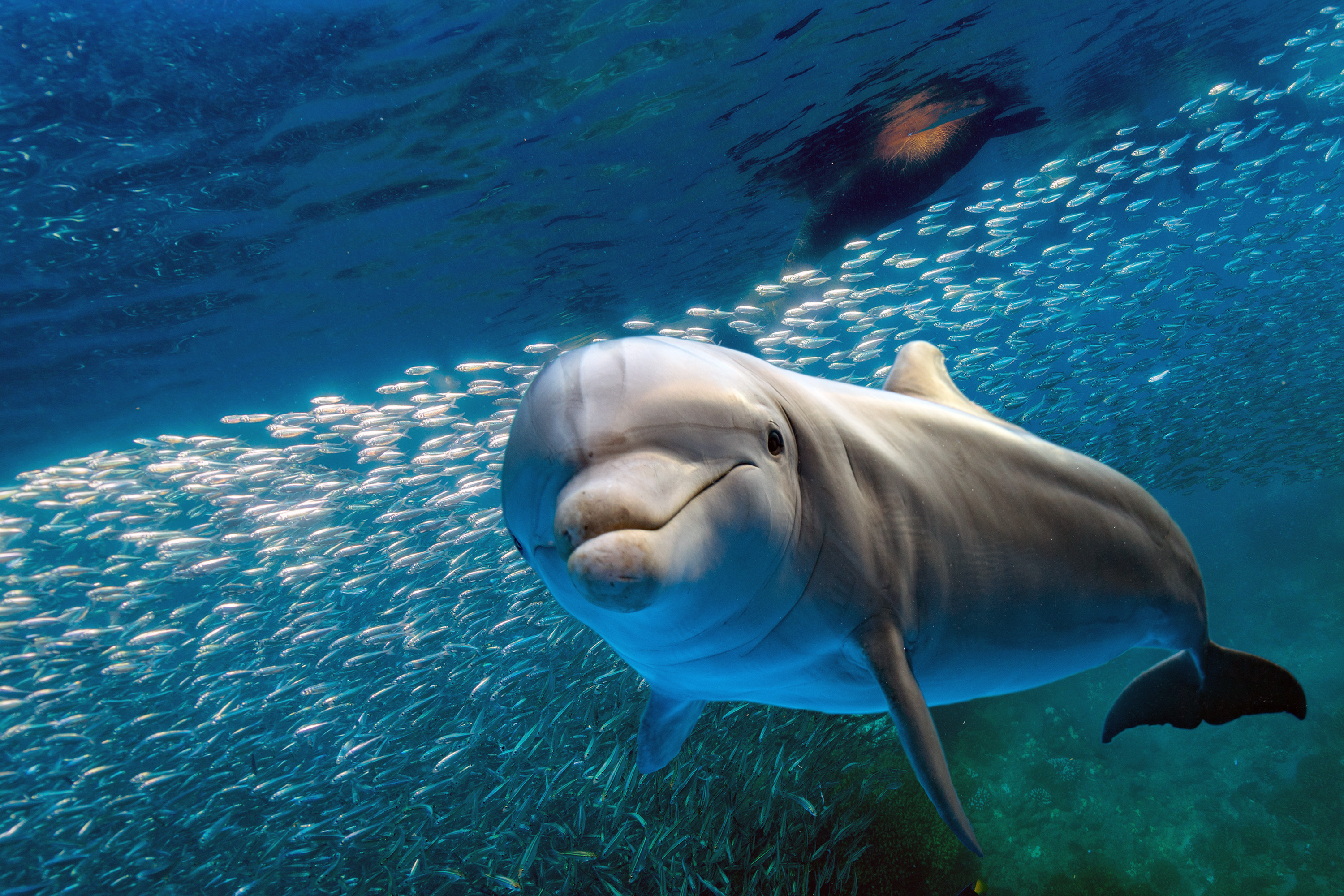
In the eastern Pacific Ocean, several dolphin species swim with schools of large yellowfin tuna, for reasons that are unclear to scientists. Between 1959 and 1976, an estimated 6 million dolphins were killed by fishers in pursuit of tuna.
After the Marine Mammal Protection Act was enacted, new gear and fishing methods greatly reduced the number of dolphins drowning in fishnets. But sadly, outside of the U.S., thousand of dolphins continue to die each year. The majority of canned tuna sold in the U.S. is certified as dolphin-safe.
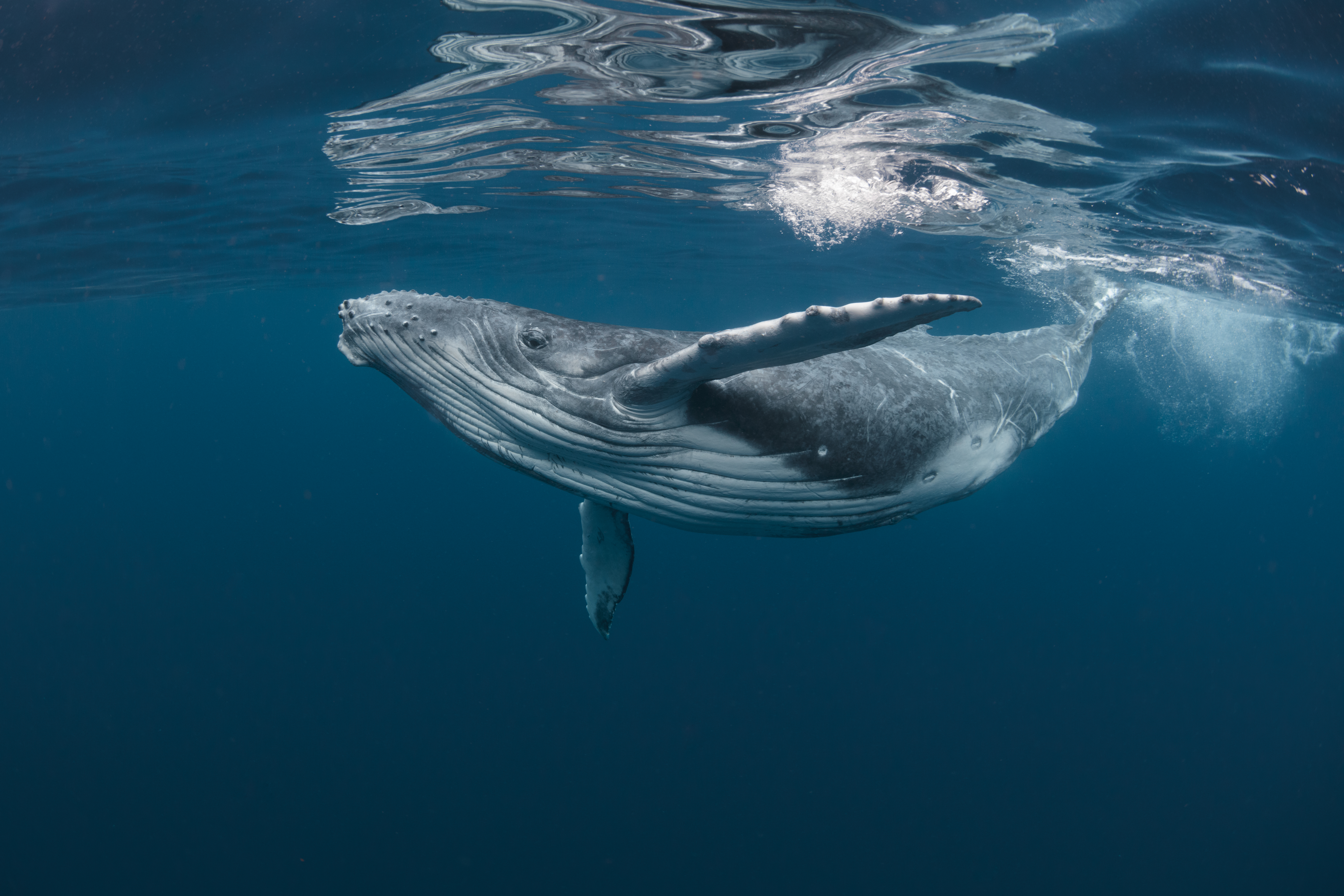
Humpback whales migrate farther than any other mammal on the planet, with some populations traveling more than 5,000 miles each way between their Antarctic feeding areas and tropical breeding grounds.
After centuries of whaling, a moratorium on hunting has brought the species from fewer than 1,000 individuals to about 135,000 animals. The recovery of humpbacks and other large whale species has boosted whale-watching tourism, which contributes billions of dollars to the U.S. economy and provides thousands of jobs.
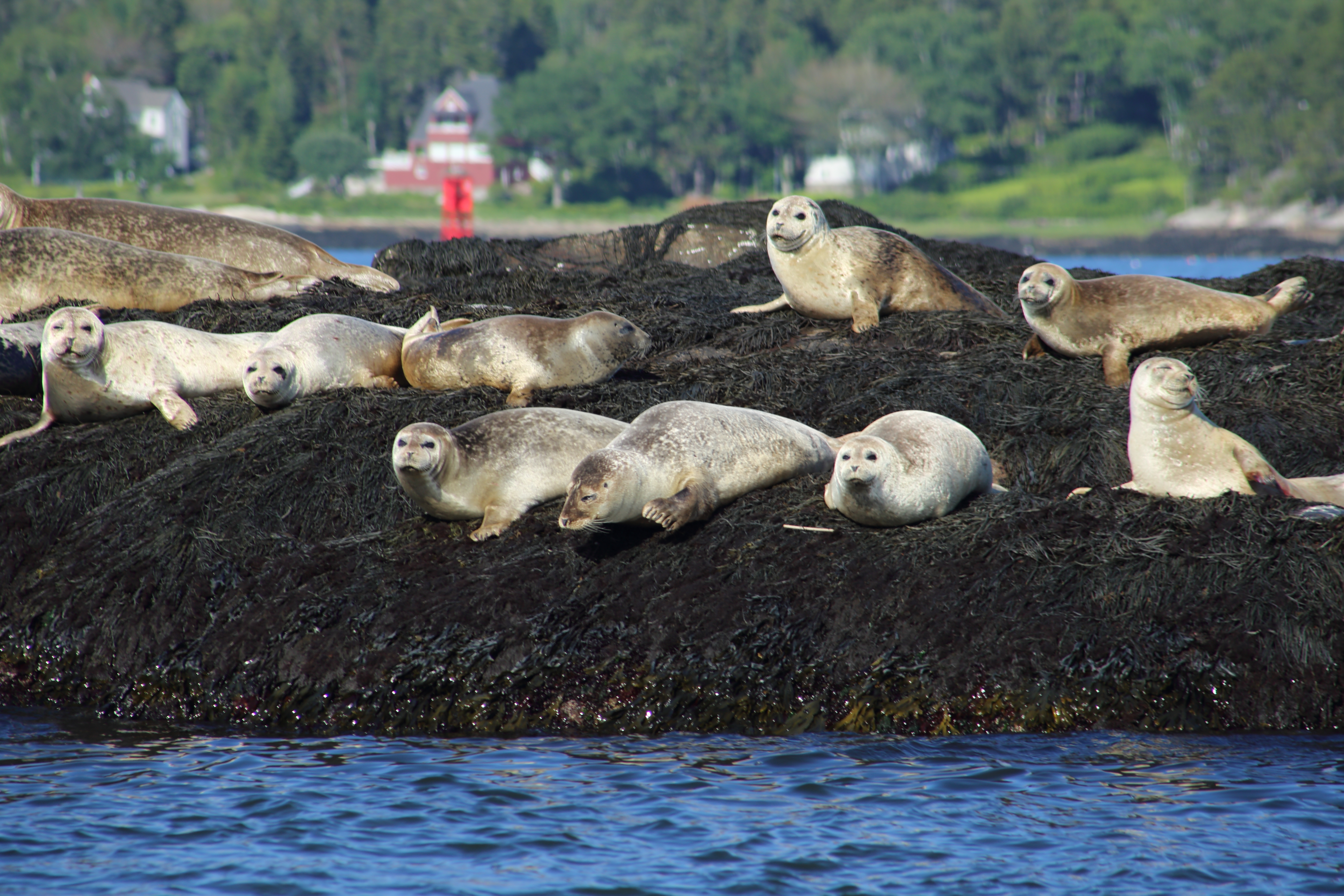
Only 30 gray seals were left on the Maine coast in 1973, a year after the Marine Mammal Protection Act made it illegal to kill the animals.
Since then, gray seals from Canada have recolonized the rocky shores of New England and elsewhere in the North Atlantic, gathering in large groups on rocky coasts, sandbars and icebergs.
Gray seals are athletic swimmers, able to dive to 1,560 feet and hold their breath for more than sixty minutes.
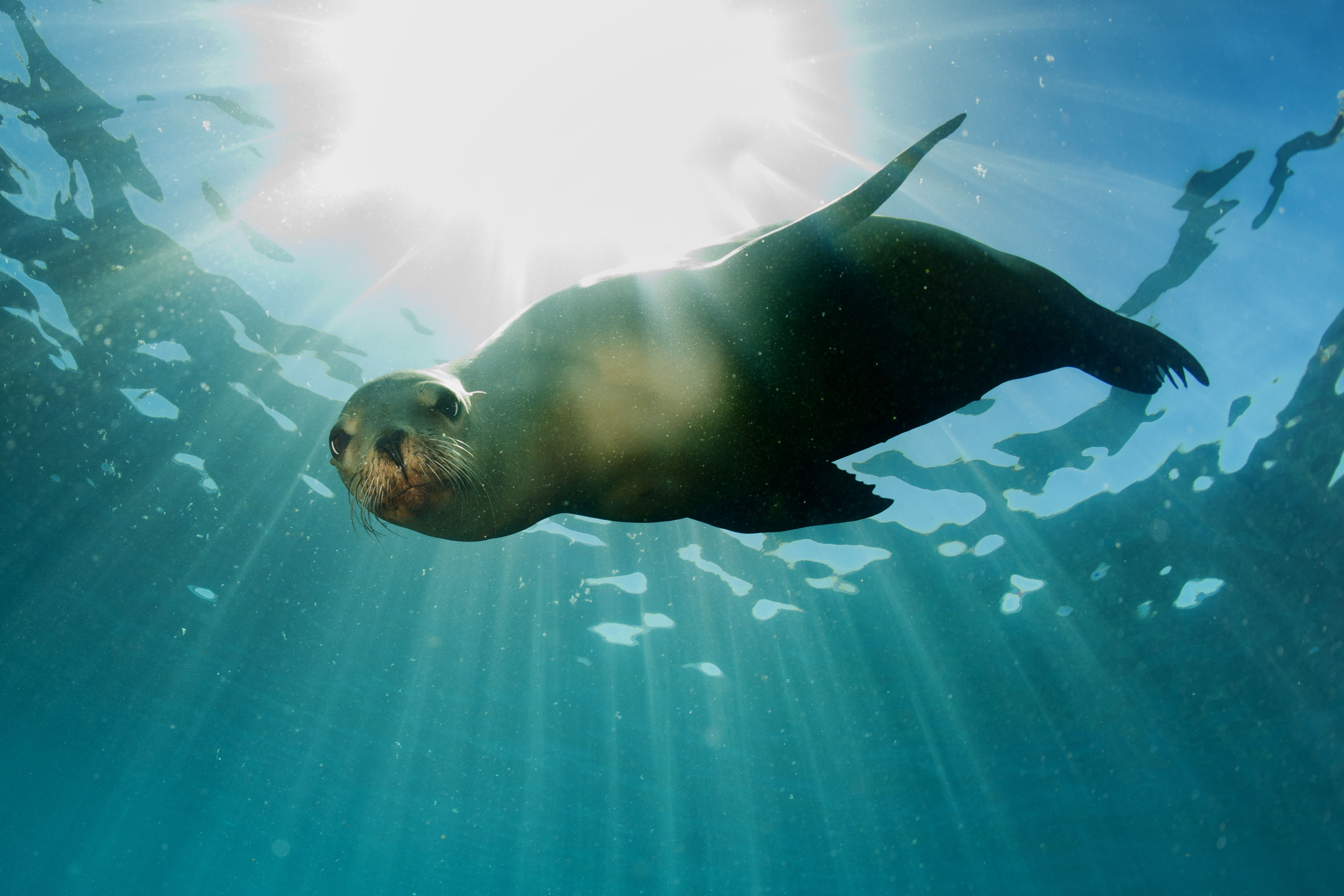
Native to the West Coast of North America, California sea lions are intelligent, playful and extraordinarily vocal on land and in the water. Females and pups identify each other using sounds and smells, with a female able to locate her own pup among hundreds by her pup’s vocalization. Upon finding her pup, a female will sniff it as a final check.
Once hunted for their fur, these “eared seals” have rebounded under the legal protection of the MMPA. Now, tourists flock to see huge colonies on beaches, docks, buoys and jetties.
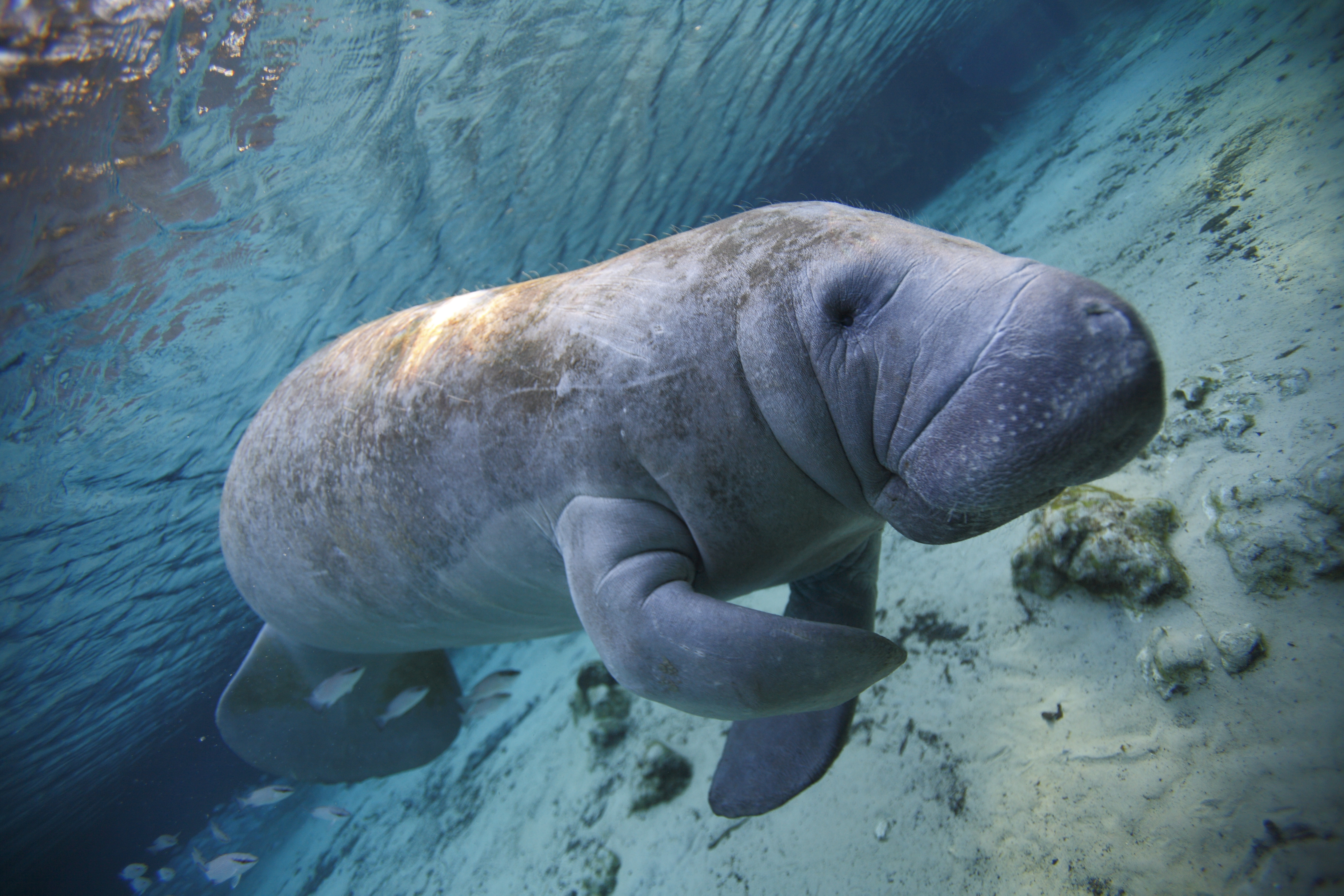
Although still threatened, populations of Florida manatees have rebounded from just 1,267 individuals in 1991 to more than 7,000 today. Sometimes called “sea cows'' because of their gentle demeanor and constant grazing on seagrass, manatees are a keystone species whose behavior can signal environmental and habitat changes that might otherwise go unnoticed.
Since manatees move so slowly, boat strikes are among the most common causes of injuries and death in Florida’s waterways.










